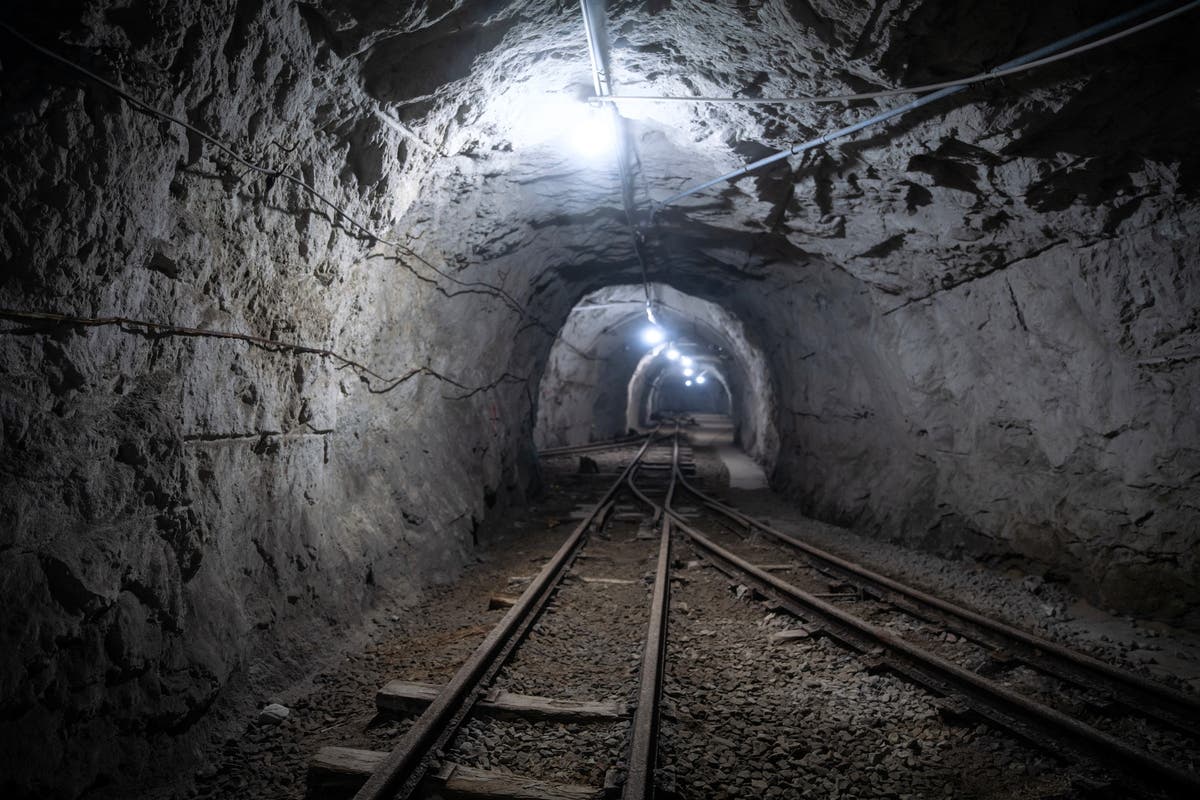An abandoned mine in Finland is set to be transformed into a giant battery to store renewable energy during periods of excess production.
The Pyhäsalmi Mine, roughly 450 kilometres north of Helsinki, is Europe’s deepest zinc and copper mine and holds the potential to store up to 2 MW of energy within its 1,400-metre-deep shafts.
The disused mine will be fitted with a gravity battery, which uses excess energy from renewable sources like solar and wind in order to lift a heavy weight. During periods of low production, the weight is released and used to power a turbine as it drops.



But isn’t the definition of a turbine “a type of machine through which liquid or gas flows and turns a special wheel with blades in order to produce power” with the “power” (aka. rotational energy) going to a generator?
Where does the liquid or gas come from? Isn’t this battery supposed to lift heavy, solid objects?
It doesn’t outright state that it uses solid weights, but their illustration looks more like they’d use a lift with sand or weights, and not a turbine with liquid or steam:
I wasn’t suggesting that a turbine could be used (directly) for sand, I hope you didn’t get that impression, I was just trying to address that commenter’s point of confusion about generators and turbines.
To your question, a flow is cause by a difference in energy potentials between two connected points in a system; Potential energy causes the gas or liquid to flow through a turbine. The more potential energy, the higher the speed, or pressure (depending). Also, not all turbines drive generators. The output could drive anything where you need rotational input, including a vehicle’s transmission. For a lot of reasons, that isn’t usually done.
If I understand correctly, the idea is to store something heavy up top, send it down below using the weight of the sand to somehow (unspecified?) generate electricity, then send it back up when there is an excess supply of energy generation, leaving it available to use again when energy production is reduced. Battery really describes this system better than generator, because it’s only a hole in which to dump excess energy and then pull it out (which, in a roundabout turn of events, the “hole” in this instance is above ground, and then you “pull it out” of the hole by sending it back down.).
All that said, this seems like a boondoggle. I think there’s a lot in this press release that is unsatisfactory, and I’m extremely skeptical that this makes good sense until I see definitive independent proof otherwise.
I’m going to preface this by saying, all I know is that know about the subject was one physics class in college… The teacher mentioned Hydro Pump Storage that pumps water into a reservoir when there is an excess of energy generation then releases it through turbines when there is a surge is energy needs on the grid. Wouldn’t this idea work in a very similar way? If so it would seem feasible as about 15% of the UKs STOR requirements are met in this way.
https://www.nationalgrid.com/sites/default/files/documents/STOR Fuel Type Analysis Summary (By Capacity) - Season 8.5 - Final_0.pdf
https://www.sse.com/news-and-views/2023/03/britain-s-largest-pumped-hydro-scheme-in-40-years-gets-100m-investment-boost/
Yeah, I was imagining it would probably work better with water instead. Sand can’t be pumped (or turbined lol), and I noticed those many enormous trucks carting the sand around underground which seems to introduce an enormous efficiency loss to the system. Good to see the fundamental concept works well in practice, thank you.